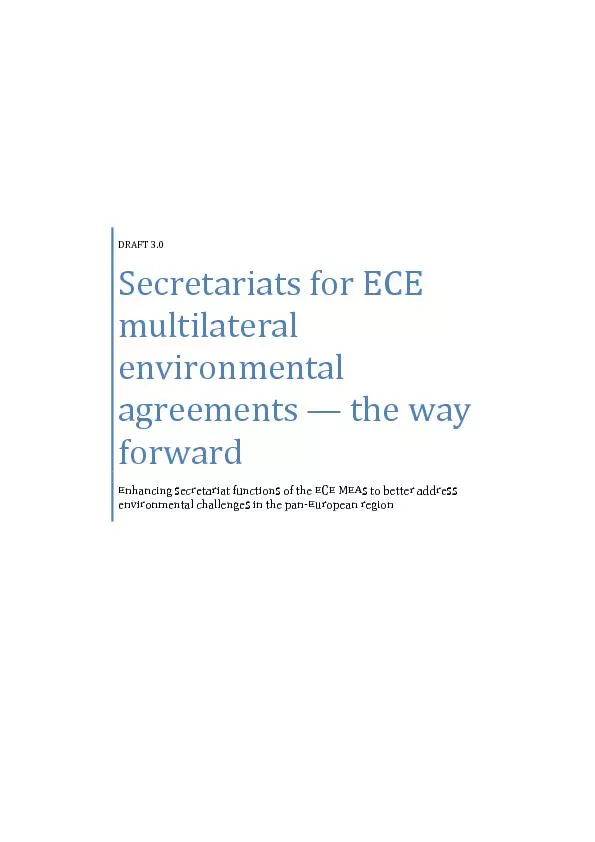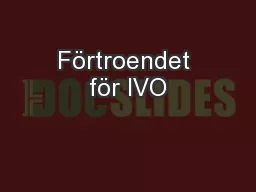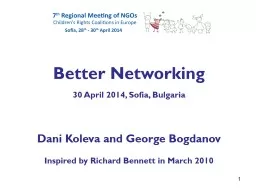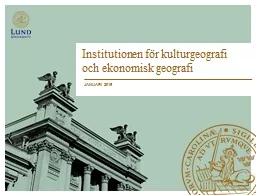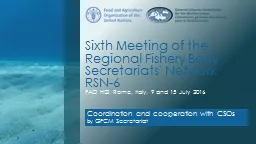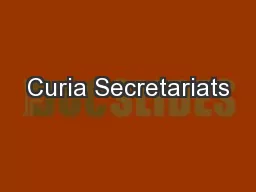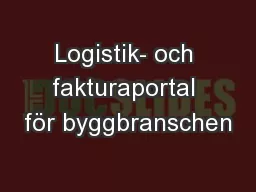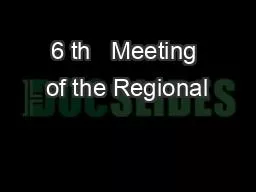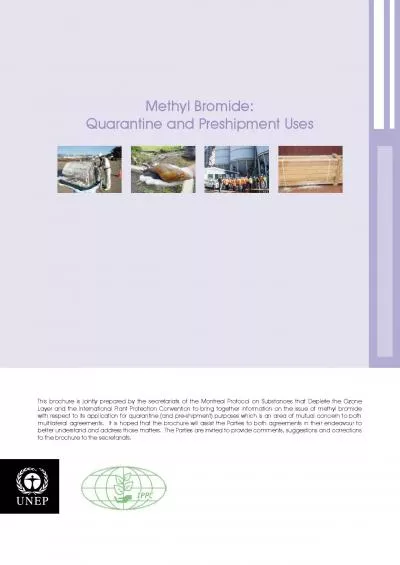PDF-Secretariats for
Author : sherrill-nordquist | Published Date : 2016-07-29
DRAFT 30 ECE multilateral environmental agreements x2014 the way forward Enhancing secretariat functions of the ECE MEAs to better address environmental challenges
Presentation Embed Code
Download Presentation
Download Presentation The PPT/PDF document "Secretariats for" is the property of its rightful owner. Permission is granted to download and print the materials on this website for personal, non-commercial use only, and to display it on your personal computer provided you do not modify the materials and that you retain all copyright notices contained in the materials. By downloading content from our website, you accept the terms of this agreement.
Secretariats for: Transcript
Download Rules Of Document
"Secretariats for"The content belongs to its owner. You may download and print it for personal use, without modification, and keep all copyright notices. By downloading, you agree to these terms.
Related Documents

